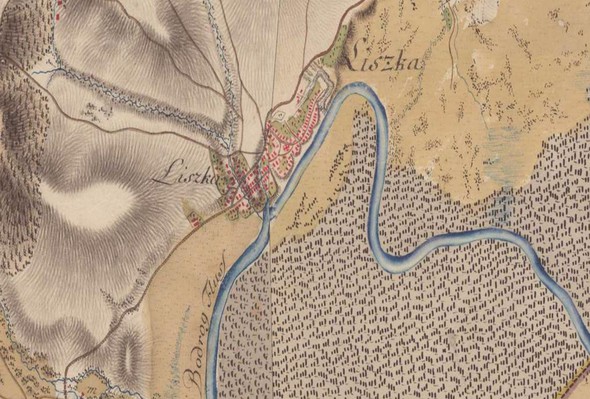Olaszliszka has not become fashionable. Although many people know its name, this is not because of its wines and vineyards, although they have nothing to be ashamed of. The former market town on the banks of the Bodrog has now turned into a quiet village, with its characteristic church surrounded by formerly wealthy merchant houses. At the same time, its location, its proximity to the water, the village’s vineyards, the remains of its built heritage, the mansion-like bourgeois houses, the church tower, the mourning wall built on the site of the synagogue and the wonderful memory of the people who used to live here all seem to predestine it for a wonderful future career. One thing is for sure, and that is that winemakers like Samuel Tinon or László Kvaszinger and vineyards like the Rány, Palandor, Sajgó and Meszes or the sub-vineyards of the latter, such as Vay, Csontos, Budaházi, Narancsi or Határi are not going anywhere.
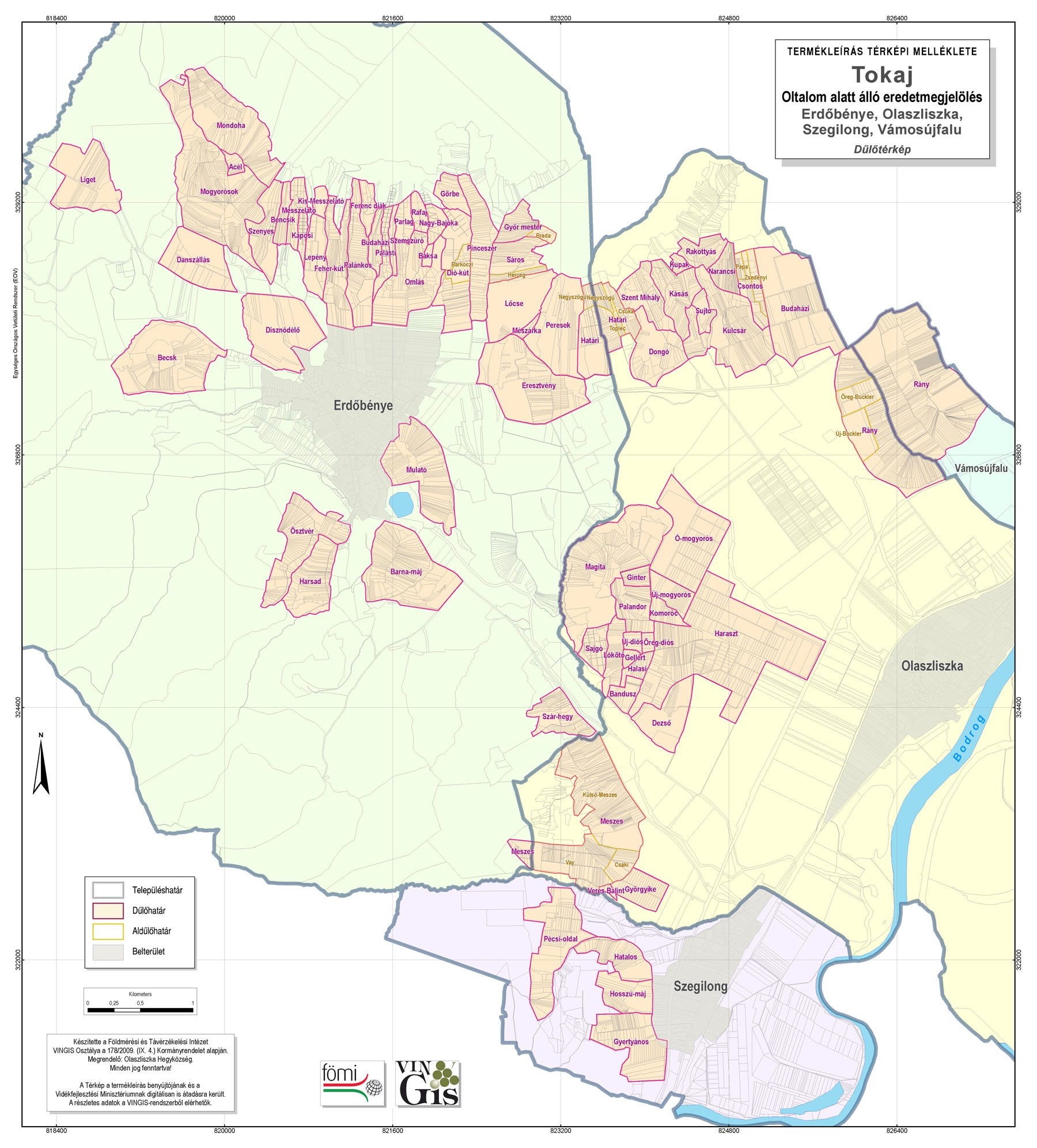
The single vineyards of Olaszliszka village (with yellow background)
As for the Kvaszinger family, they arrived in Tokaj region sometime in the first half of the 19th century, most likely from Prussia. They worked for the Baron Vay family as stewards right from the start, as also evidenced by an article on Meszesmajor in the Budapesti Hírlap (Journal) on 11 November 1922, penned by Baroness Sarolta Vay.

“The Meszes vineyard is located at the end of the Tokaj hill chain. You can see the vineyard from afar and it seems to dominate the countryside in a somewhat defiant way; however, wedged into a deep, narrow valley below the farm, shaded by acacias, and with a little old cottage and large cellar, it’s a carefully hidden treasure, modest as a shrinking violet. – In their posession since the beginning of the 17th century, the Vay family always held the Meszes in great esteem. The vineyard’s location is one of the best in Tokaj and, in the old days, also played a certain leading role. When phylloxera threatened to destroy the produce from Tokaj Hill, this plot was one of the first to have its vineyards renovated. The current harvests have been marked by “miserable times”. It is difficult to get all kinds of things that you need; it is often troublesome to get hold of enough casual labourers. They are happy enough to come to the Meszes; it is rumoured that the gypsy gang from Liszka also visits here sometimes, and at sunset, the young dance a hearty csardas.”
This is what Ödön Kvaszinger, who has been conscientiously managing the vineyard for years, says. His predecessors in this all came from the Kvaszinger family too, thus the name of Kvaszinger has been associated with the history of the Vay vineyard for about 60-70 years.
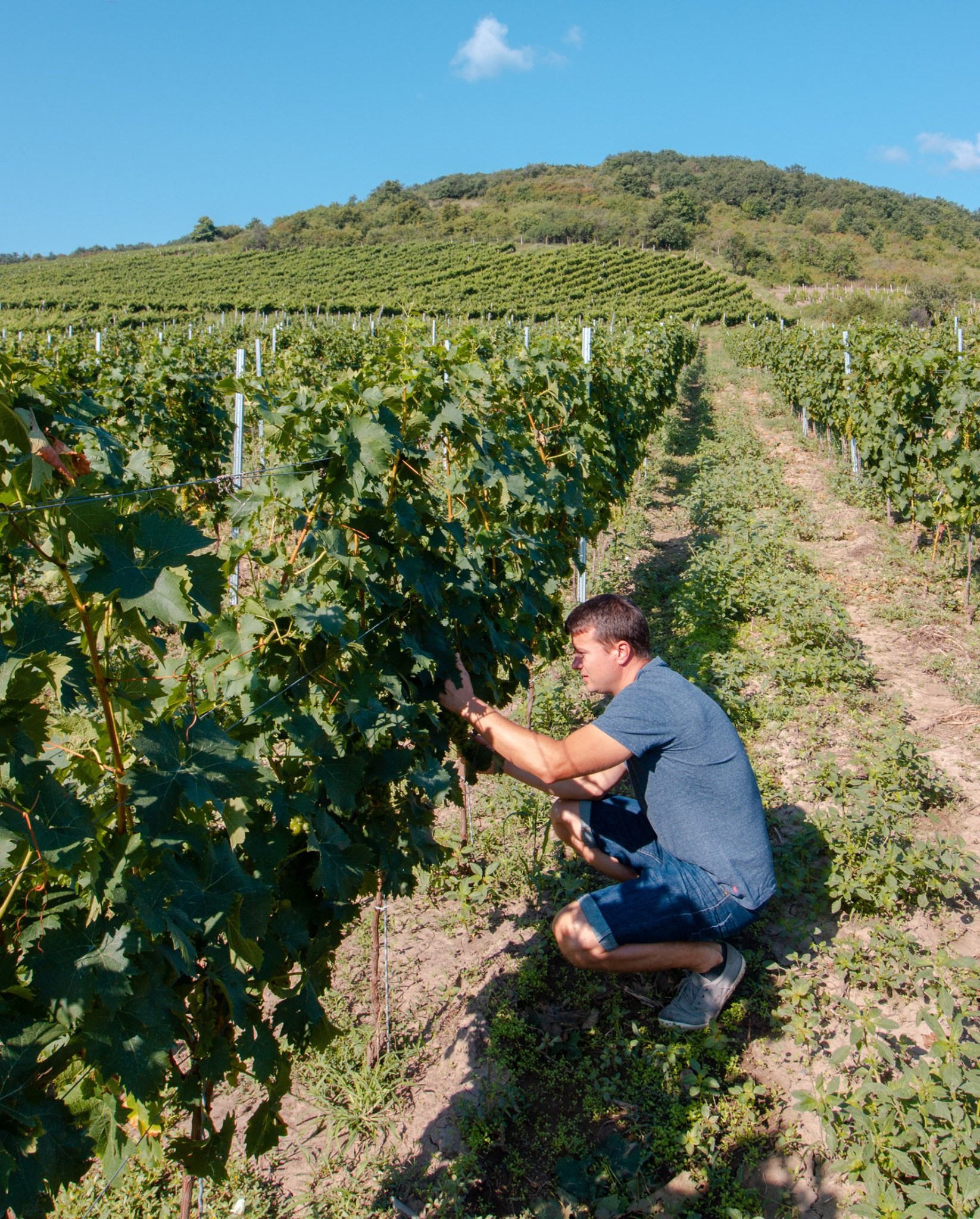
Photo: from the winery's FB profile
Historian Kornél Nagy, a renowned researcher of the Tokaj vineyards, adds the following detail to the above picture: the Vay family acquired land on the Meszes in 1622, which was taken from them in 1711, but then returned by the Treasury in 1742. From then on, censuses called it the Vay’s Meszes vineyard (vinea Vayana in promontorio Meszes), which thus became totally independent of the Meszes. (This is today’s Vay sub-vineyard.)
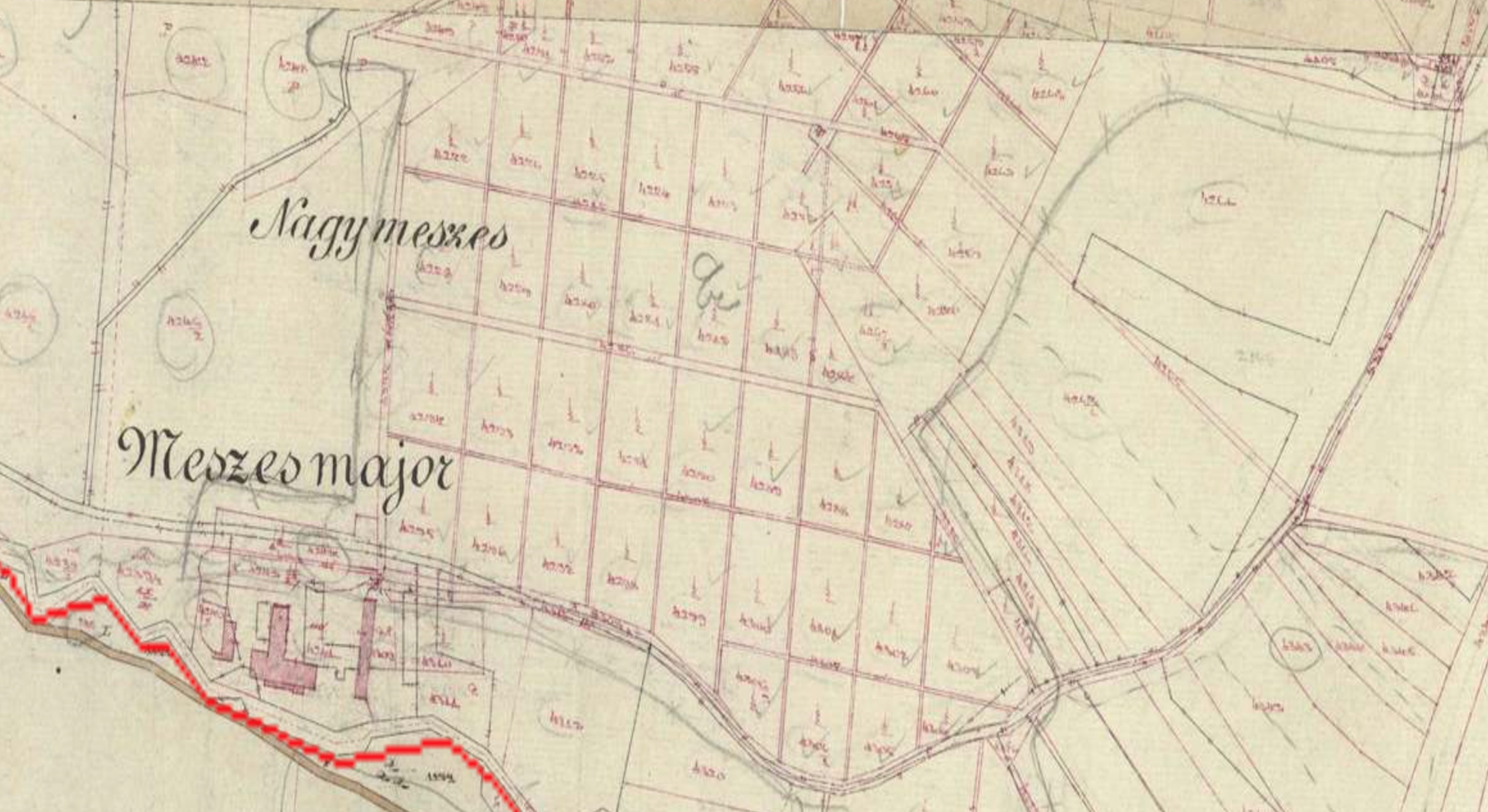
The "Meszes" in 1867
According to family legend, his great-grandfather, Ödön Kvaszinger, founded the family estate after the baron needed money following a card party and, thus, sold him four hectares of vineyards in the Hatalos vineyard in 1929. Nowadays, the Kvaszinger family cultivates just over eight hectares, with their two main plots in the Hatalos and Meszes vineyards, i.e. on the former Vay estate, where they served as stewards for so long. They produce around 40,000 bottles of wine each year, some of which is sold locally in the wine shop in Szegi or in the garden of their house in Olaszliszka, which runs down to the Bodrog Bend and is certainly one of the most beautifully located estate center and house in the entire region. With prior agreement, canoeists can even pull in there to taste and buy wine. (Could houseboat tourists moor at the bend too? If not, it would certainly be worth arranging a canoe service to take winemakers to the anchored boats. I would certainly be up for it!) If you’d like to spend several days in Olaszliszka, you could ride out to the vineyards by horse (or go by horse-drawn carriage, like I did last time), visit the exhibition at the Eastern Europe Modern Gallery, bathe in the Bodrog and make sure to drop in on the Kvaszingers. Meanwhile, until the current virus situation improves, read the tasting note and order some wine online from László Kvaszinger!
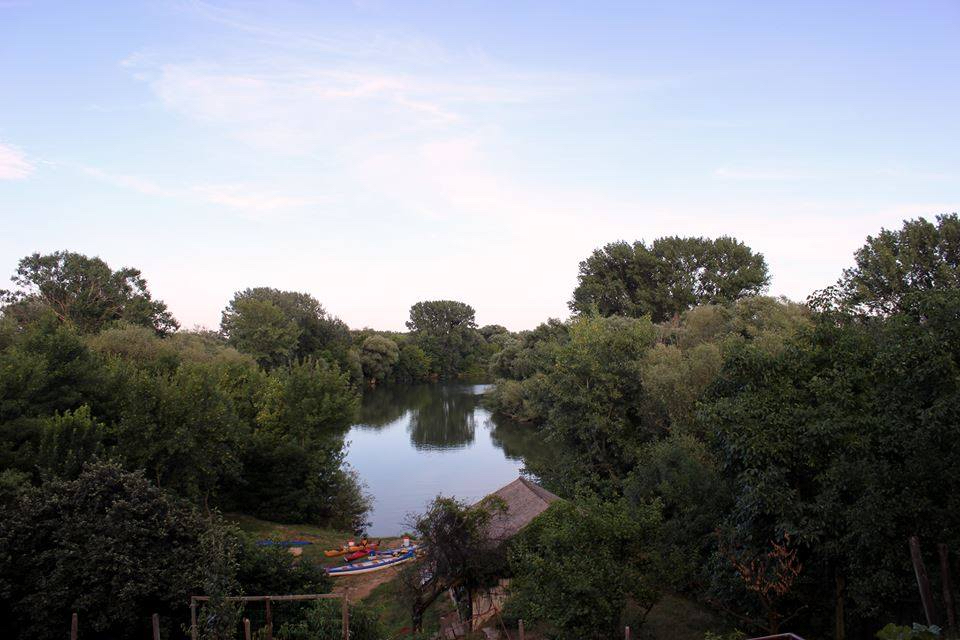
The Bodrog Bend and the winery's courtyard (from FB)
Édes (sweet) Szamorodni 2017 I 89 points
Restrained nose initially, dominated by sweet fruit and white blossom. Given a little time, however, it opens nicely, revealing further layers of pear and quince. Clearly still young, but already incredibly elegant! It’s firm on the palate with fresh acidity, still citrussy and floral with the botrytis notes just appearing in the background, while the finish is medium for the time being. Very appealing, elegant Szamorodni!
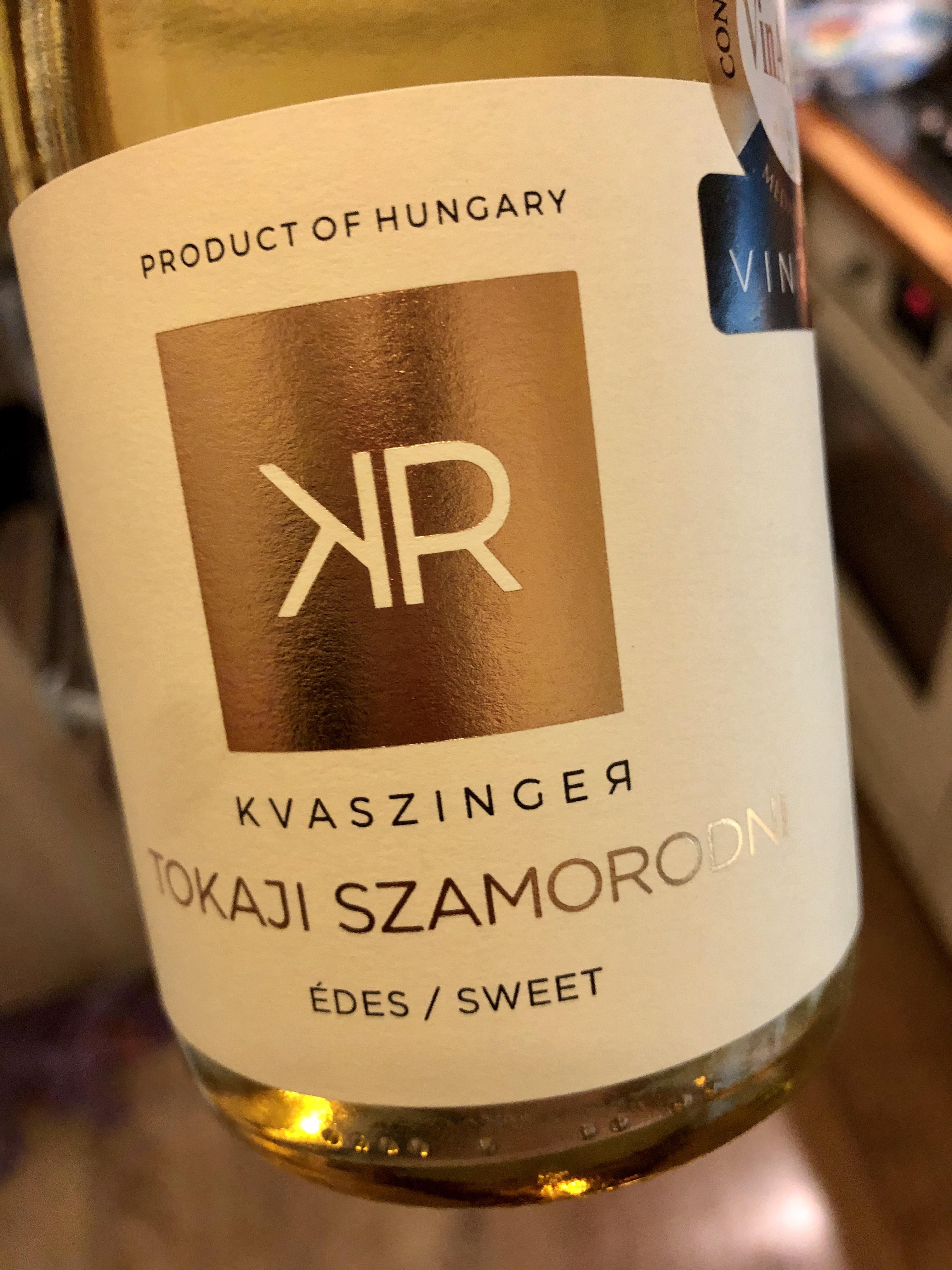
Photo: Daniel Ercsey
And speaking of Szamorodni! No doubt you know that the word is of Slavic origin (meaning ‘as it comes’) and it refers to high-quality wine which is made from must yielded from clusters which included some botrytised berries. However, has it ever occurred to you that the word szamorodni is related to the word samizdat, created by the Russian poet Nikolai Glazkov from the words sam (self) and izdatel'svo (publishing house). If not, it’s time to consider it while sipping this Szamorodni…

Wine and the Bodrog river (fron the official FB page of the Winery)



